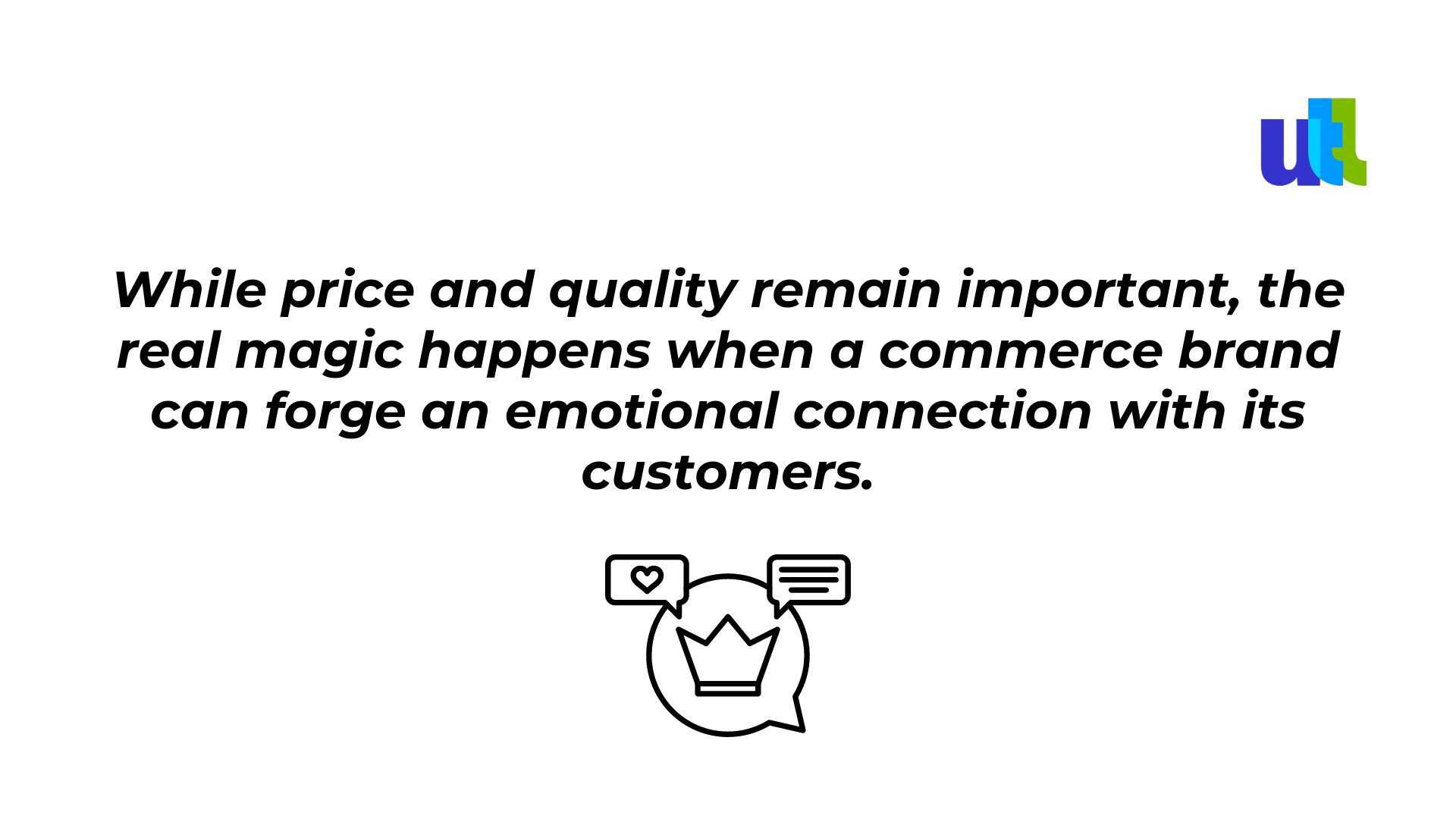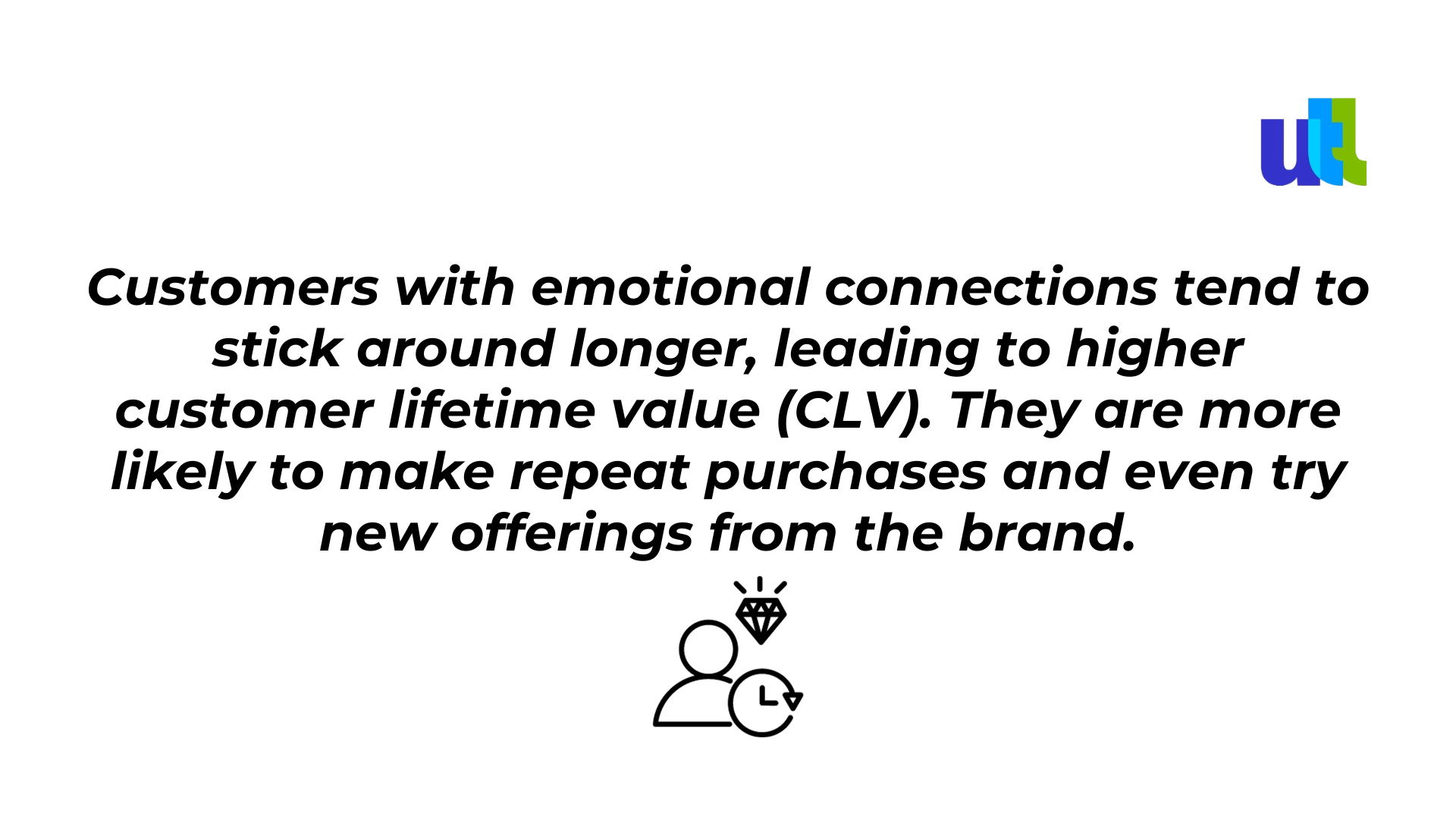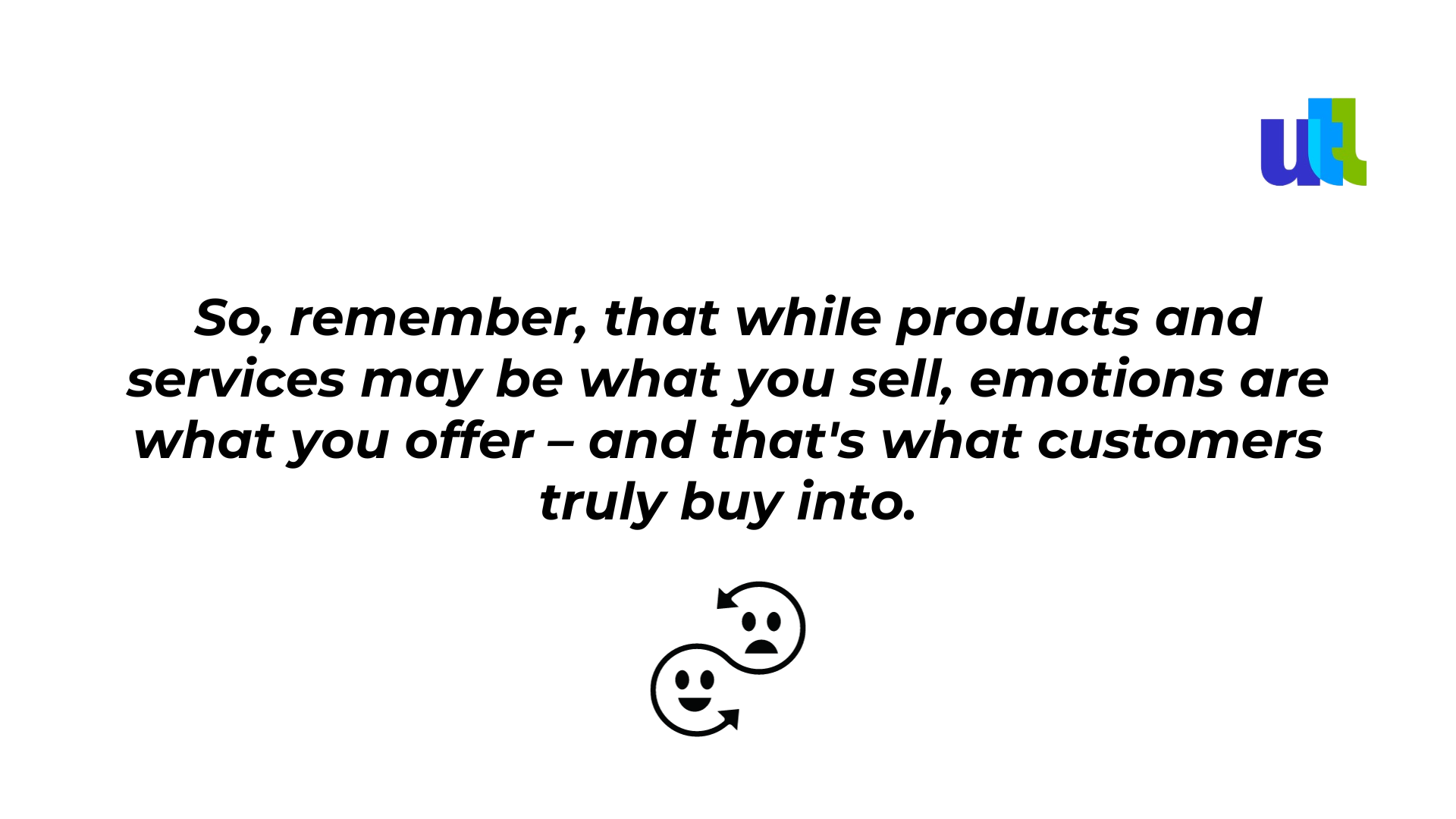In the fast-paced and competitive world of modern commerce, customers expect seamless, lightning-fast deliveries, impeccable product quality, and transparency at every step of their purchasing journey. To meet their expectations, businesses are turning to a remarkable helping tool: supply chain visibility. In this article, we'll unveil how it succeeds in the quest for customer satisfaction.
Supply chain visibility, as we know it today, has undergone a remarkable evolution over the years. From its humble beginnings as a basic tracking system to the sophisticated and interconnected network of today, the history of supply chain visibility is a testament to the relentless drive for efficiency, transparency, and resilience in the world of logistics and commerce.
The journey of supply chain visibility can be traced back to the 1960s when barcode technology was introduced. Barcodes allowed for the basic tracking of products as they moved through different stages of the supply chain. This innovation marked the first step towards digitizing supply chain data. The 2000s brought significant advancements with the widespread use of GPS (Global Positioning System) and the emergence of the Internet of Things (IoT). The 2010s witnessed the proliferation of cloud-based supply chain solutions. Cloud technology allowed companies to centralize data and share it securely with partners across the globe.
Nowadays, it encompasses not only the tracking of physical goods but also the flow of information, payments, and documentation. Data from various sources, including suppliers, manufacturers, logistics providers, and even customers, are integrated to provide a comprehensive view of the supply chain. The future promises even greater advancements. Technologies like 5G, edge computing, and advanced robotics are set to further optimize and automate supply chain processes.
The ROI of supply chain visibility solutions is significant. According to a report by Accenture, 67% of companies that invested in supply chain visibility solutions reported a 5% or more increase in supply chain efficiency. Furthermore, a study by Geodis found that 70% of customers consider order tracking important, while 73% of customers are more likely to buy from brands that offer order tracking.
The customer experience revolution
Today's customers are not merely buyers; they are experience-seekers. Their journey begins long before they click the "buy" button and extends well after they receive their orders. The supply chain plays a pivotal role in shaping this experience, and here's how visibility takes center stage:
Real-time tracking
Imagine a customer eagerly awaiting a package. With supply chain visibility, they can track their order's journey in real time, from the warehouse to their doorstep. This level of transparency instills confidence, reduces anxiety, and eliminates uncertainties about the order.
Accurate delivery estimates
Let’s be honest: delivery windows like "between 9 AM and 5 PM" are not something people feel passionate about. Modern supply chain visibility enables precise delivery estimates, allowing customers to plan their day with confidence. This not only satisfies them but also elevates your brand's reliability.
Proactive issue resolution
Mistakes happen in supply chains, from delayed shipments to damaged goods. What sets exceptional companies apart is their ability to solve these issues efficiently. Visibility allows businesses to identify problems in real time and take proactive measures, such as timely reshipping or offering discounts, to turn unhappy customers into loyal clients.
Customization and personalization
This is probably the most significant factor. Supply chain visibility goes beyond tracking packages. It allows businesses to tailor the customer experience.
For instance, a customer in a colder climate might receive a personalized message offering winter accessories to complement their recent purchase. Such personalized touches enhance satisfaction and overall brand loyalty.
Sustainability and ethics
Many modern consumers are increasingly conscious of sustainability and ethical sourcing. Supply chain visibility empowers businesses to showcase their commitment to responsible practices, from sourcing to packaging and delivery. Customers who align with these values will be more satisfied with their purchases.

Brands that foster engagement and create communities around their products or services are more likely to connect with customers on a deeper level. This could involve social media interactions, forums, or events that bring customers together. But not only.
The emotional connection
Beyond simple and complex transactions, supply chain visibility helps businesses create emotional connections with their customers. Why is it important? Well, consider these serious competitive advantages:
- Brand Loyalty - an emotional connection cultivates brand loyalty.
- Word-of-Mouth Marketing - customers who love a brand on an emotional level become its advocates. They eagerly share their positive experiences, effectively becoming unpaid brand ambassadors.
- Resilience in Tough Times - in times of crisis or economic downturns, brands with strong emotional connections often weather the storm better. Customers are more inclined to support a brand they have an emotional bond with, even if it means adjusting their spending habits.

Now, let’s connect it to the supply chain visibility solutions. What do we get?
Trust
When customers can trace the journey of their products and witness the care and precision that go into each step, they develop trust in the brand. This trust forms the foundation of a long-lasting relationship.
Empowerment
Transparency empowers customers. They feel in control, knowing they have insights into the supply chain. This empowerment fosters a sense of partnership rather than a one-sided buyer-seller relationship.
Appreciation
When customers understand the complexities of supply chains and the dedication involved in delivering their orders, they're more likely to appreciate the effort. This appreciation can lead to positive reviews, referrals, and increased brand loyalty.
Finally, brands with emotional connections have a built-in feedback loop. Customers who care deeply about the brand are more likely to provide constructive feedback, which can be invaluable for innovation and further product development.

Wrapping up
In summary, the history of supply chain visibility reflects the relentless pursuit of efficiency and transparency in the world of logistics. In the age of customer-centricity, supply chain visibility emerges as a powerful tool to enhance customer satisfaction. It's not just about delivering products; it's about delivering experiences. Businesses that leverage supply chain visibility to create transparency, reliability, and personalized engagement will find themselves not only meeting but exceeding customer expectations.
Furthermore, emotional connections act as a competitive moat. They make it difficult for competitors to lure away loyal customers, ensuring the brand's resilience even in crowded markets. Brands that prioritize forging these connections stand to gain not only in terms of customer loyalty and advocacy but also in financial terms, as they command higher margins in competitive markets.
The invisible hero - supply chain visibility solution - indeed, is the secret to unlocking customer satisfaction in today's market.
For free consultation on supply chain visibility, click here.
----------------------------------------------------------------------------------------------
View the full presentation:
WRITTEN BY
Sofia Kutko
2023-09-13


































































































































































































